Study reveals about 200 US banks at risk of repeating SVB collapse
Dozens of banks in the United States are on the verge of collapse despite the Biden administration's recent measures to calm the turbulent markets, according to a new study.
Nearly 200 American banks face similar risks to those that led to the implosion and bankruptcy of Silicon Valley Bank (SVB), RT said on Saturday, citing a study conducted by 4 economists.
SVB, a major US bank focused on lending capital to the tech and startup sectors, was shut down by regulators last week after massive deposit outflows, a.k.a., a bank run.
The study estimated how much market value the assets held by US banks had lost due to higher interest rates.
“From March 07, 2022, to March 6, 2023, the federal funds rate rose sharply from 0.08 percent to 4.57 percent, and this increase was accompanied by quantitative tightening. As a result, long-dated assets similar to those held on bank balance sheets experienced significant value declines during the same period,” stated the study by the four economists who hailed from prominent US universities, which was posted this week to the Social Science Research Network.
On one hand, higher interest rates can benefit banks by allowing them to lend at a higher rate.
On the other hand, many US banks have parked a significant portion of their excess cash in US Treasuries. This was done when interest rates were at near-zero levels. The value of these bonds has now greatly decreased due to the rate hikes – investors can now simply purchase newly issued bonds that offer a higher interest rate. The decline in the banks’ portfolios is unrealized, meaning the value of the securities has declined but the loss is still only ‘on paper’.
For banks, the problem starts when customers request their deposits back and are forced to sell their securities – at a significant loss – in order to pay depositors back.
This can lead in extreme cases to a bank becoming insolvent, or as happened with SVB, the loss of confidence can trigger a bank run.
The authors of the report looked into how the amount of US lenders’ funding that comes from uninsured deposits: the greater the share, the more susceptible a bank is to a run.
At SVB, for example, where 92.5 percent of deposits were uninsured, the deposit outflow caused the bank to collapse in a span of only two days.
The study's authors calculated that 186 American banks do not have enough assets to pay all customers if even half of the uninsured depositors decide to withdraw their money.
“Our calculations suggest these banks are certainly at potential risk of a run, absent other government intervention or recapitalization… Overall, these calculations suggest that recent declines in bank asset values very significantly increased the fragility of the US banking system to uninsured depositor runs,” the economists concluded, noting that the number of banks at risk could be “significantly” larger if “uninsured deposit withdrawals cause even small fire sales.”
SVB’s collapse caused jitters across the US and global financial institutions in grip of contagion fears.
Many of these institutions have seen their stocks plunge, with the six largest Wall Street banks losing around $165 billion in market capitalization, so far.
Moody’s credit ratings has downgraded its outlook for the US banking system from 'stable' to 'negative', citing the “rapidly deteriorating operating environment.”
Turmoil at Credit Suisse, the Swiss bank, has added to jitters among investors.
Treasury Secretary Janet Yellen, however, has defended the Biden administration’s response to the SVB fallout amid fears of broader contagion.
During a Finance Committee hearing on Thursday, Yellen claimed that the US banking system was “sound”.
However, lawmakers on the Senate finance committee grilled Yellen questioning the aggressive intervention by US regulators and officials on Sunday to guarantee all deposits at the collapsed SVB and Signature Bank and set up a new Federal Reserve facility to provide liquidity to other banks.
“I can reassure the members of the committee that our banking system is sound and that Americans can feel confident that their deposits will be there when they need them,” Yellen insisted. “This week’s actions demonstrate our resolute commitment to ensure that our financial system remains strong and depositors’ savings remain safe.”
Lawmakers went on to repeatedly press Yellen to say what had caused the trouble at SVB. “There was a run on the bank,” she answered, adding that there was a “massive withdrawal of deposits” that led to “liquidity problems”.
Yellen continued by saying that her understanding of the reason for the collapse was that SVB had to “sell assets that it expected to hold to maturity” but they had lost “market value” in light of the recent interest rate increases.
Wall Street expert predicts next major bank to fold
In the meantime, Swiss banking giant Credit Suisse will be the next to go bust, according to Robert Kiyosaki, co-author of the best-selling book Rich Dad Poor Dad.
Kiyosaki, who forecast Lehman Brothers' collapse and predicted in November that the US stock exchange was headed for a giant crash, reiterated his forecast for US financial markets collapse. “The problem is the bond market, and my prediction, I called Lehman Brothers years ago, and I think the next bank to go is Credit Suisse ... because the bond market is crashing.”
He explained on Monday that the bond market, which is bigger than the stock market, is the economy’s “biggest problem” and will put the US in “serious trouble.”
“The US dollar is losing its hegemony in the world right now. So, they’re going to print more and more and more of this… trying to keep this thing from sinking,” Kiyosaki explained.
Just hours after Kiyosaki’s warning, Credit Suisse itself identified “material weaknesses” as the cost of insuring its bonds from defaulting reached the highest level. The investment bank admitted in its delayed annual report on Tuesday that it had not yet stemmed customer outflows.
Credit Suisse, which has been hit by a series of scandals lately, claimed its customer outflows in the fourth quarter jumped to over 110 billion Swiss francs ($120 billion), putting it in breach of some liquidity buffers.
The bank’s share price fell more than 14 percent On Monday to a record low amid market turmoil triggered by the collapse of US banks.
Iran seeks South Korea’s assistance for AI, fiber-optic projects
VIDEO | Iran's 'Eqtedar' (Power) maneuver
Israel hits HTS military target in Syria for 1st time since fall of Assad
VIDEO | Press TV's news headlines
Israel has slaughtered 13,000 students in Gaza, West Bank
VIDEO | More Zionist than Zionists: Biden’s legacy to be defined by Gaza genocide
Hamas confirms handing approval of Gaza ceasefire deal to mediators
VIDEO | Iran: Show of strength



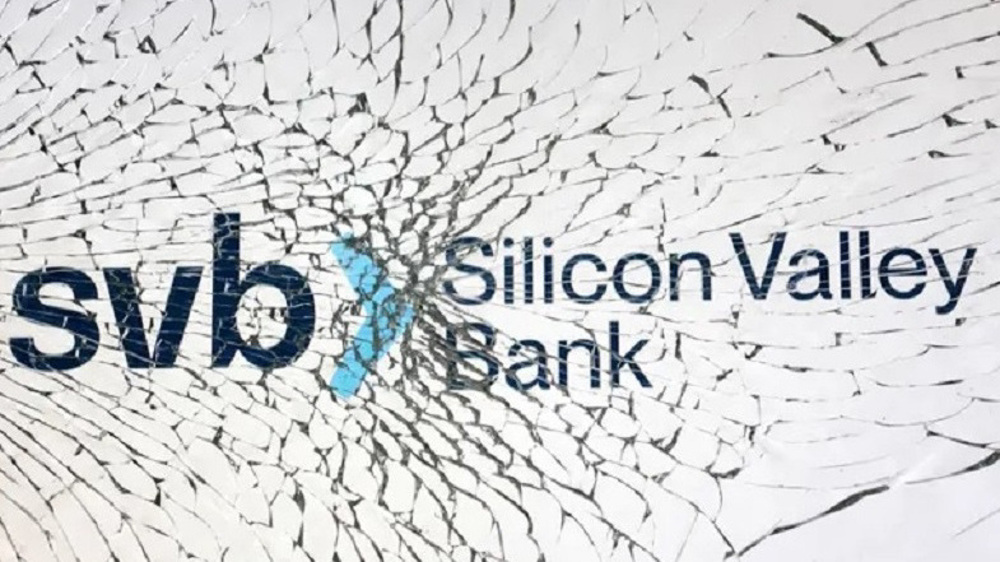
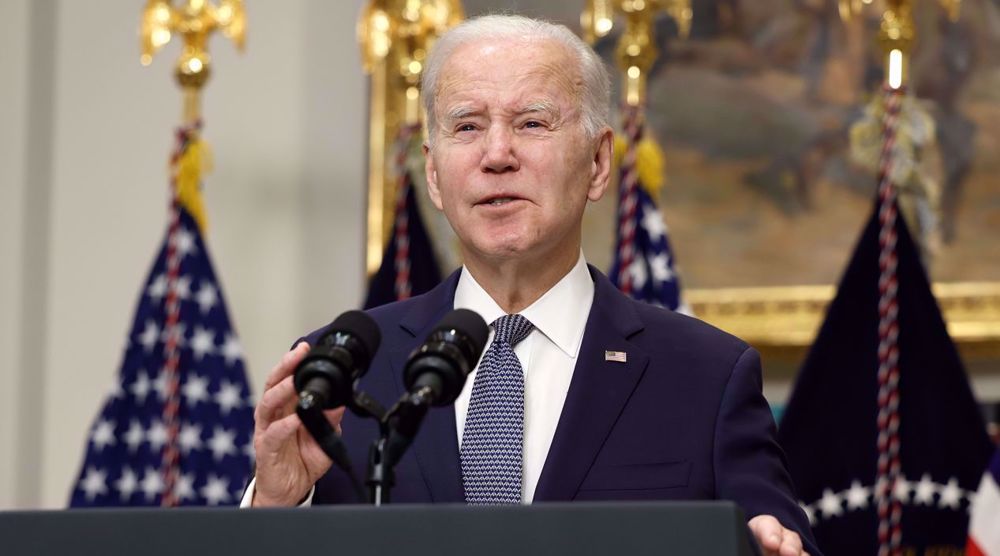
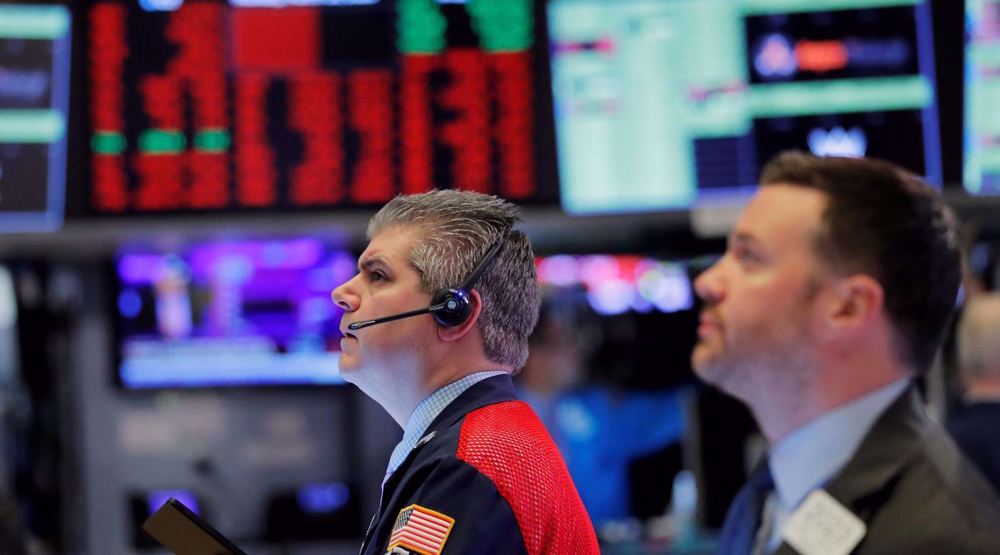
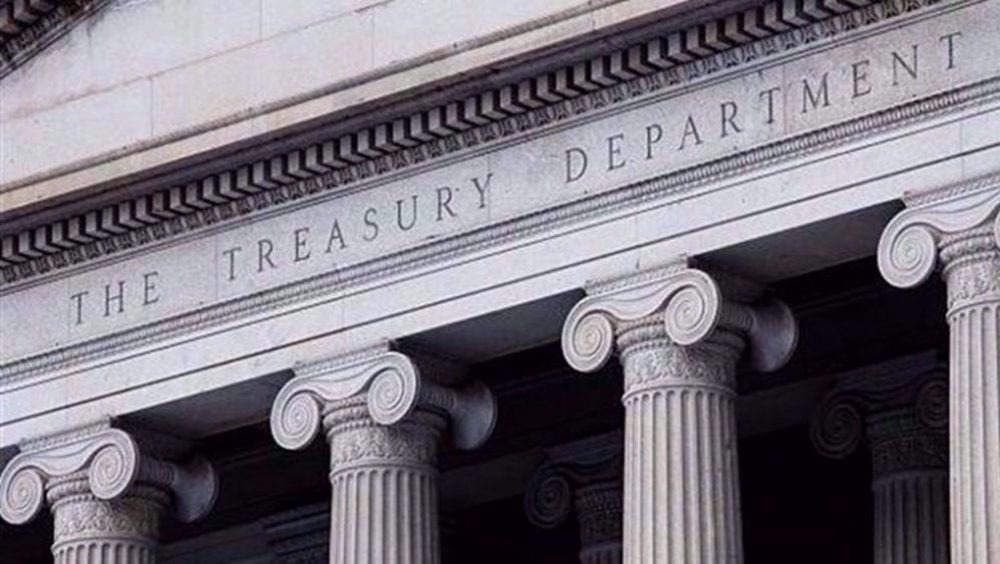

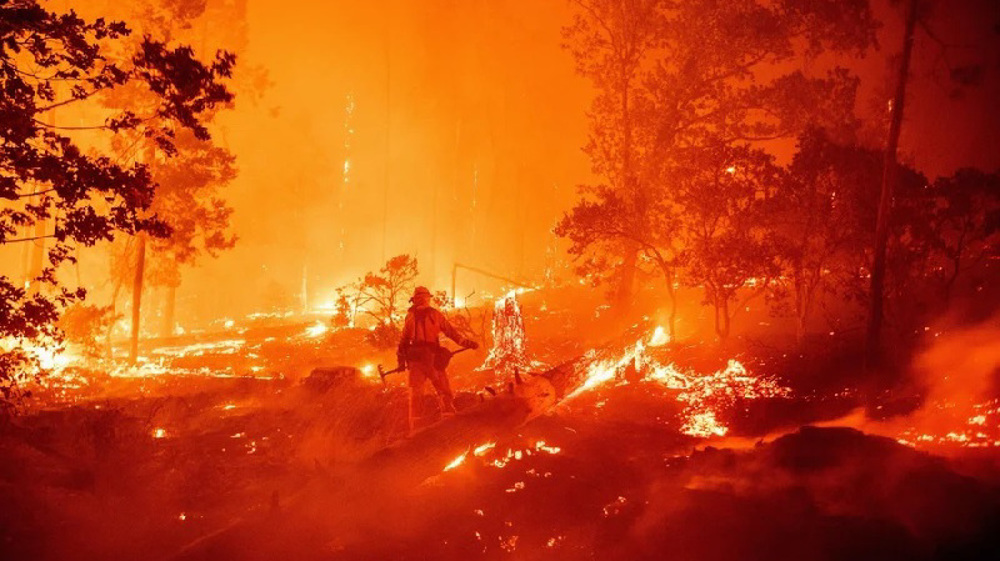



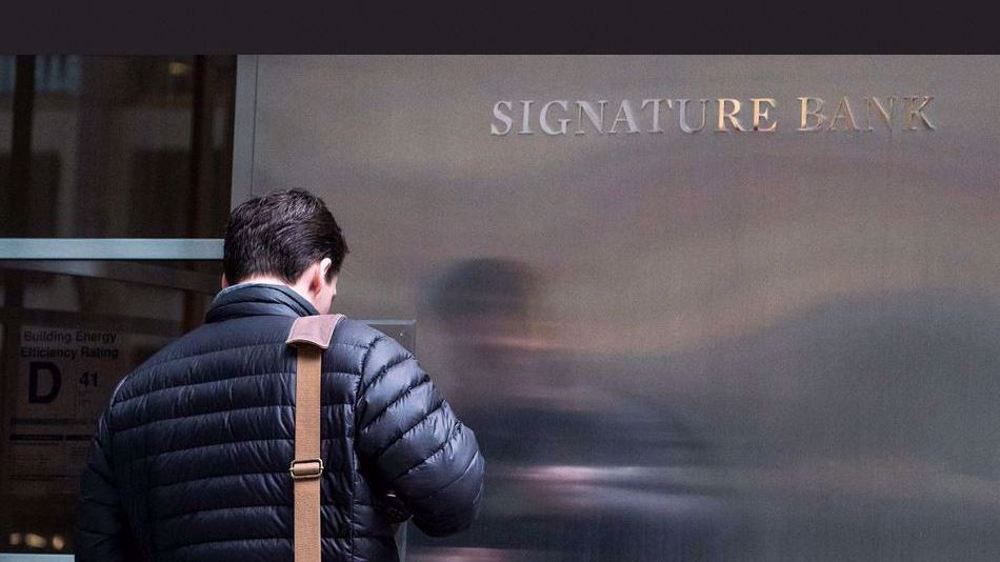

 This makes it easy to access the Press TV website
This makes it easy to access the Press TV website